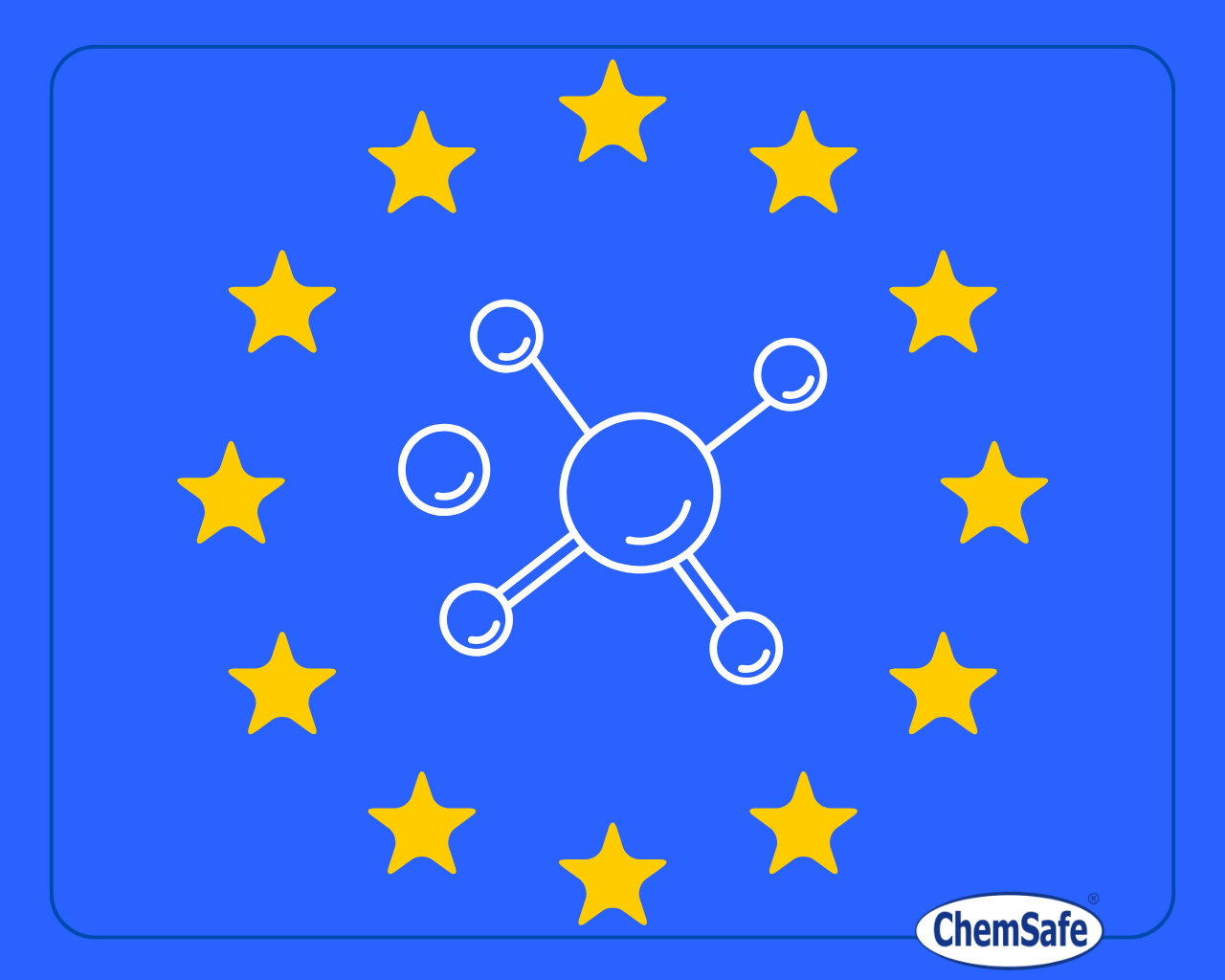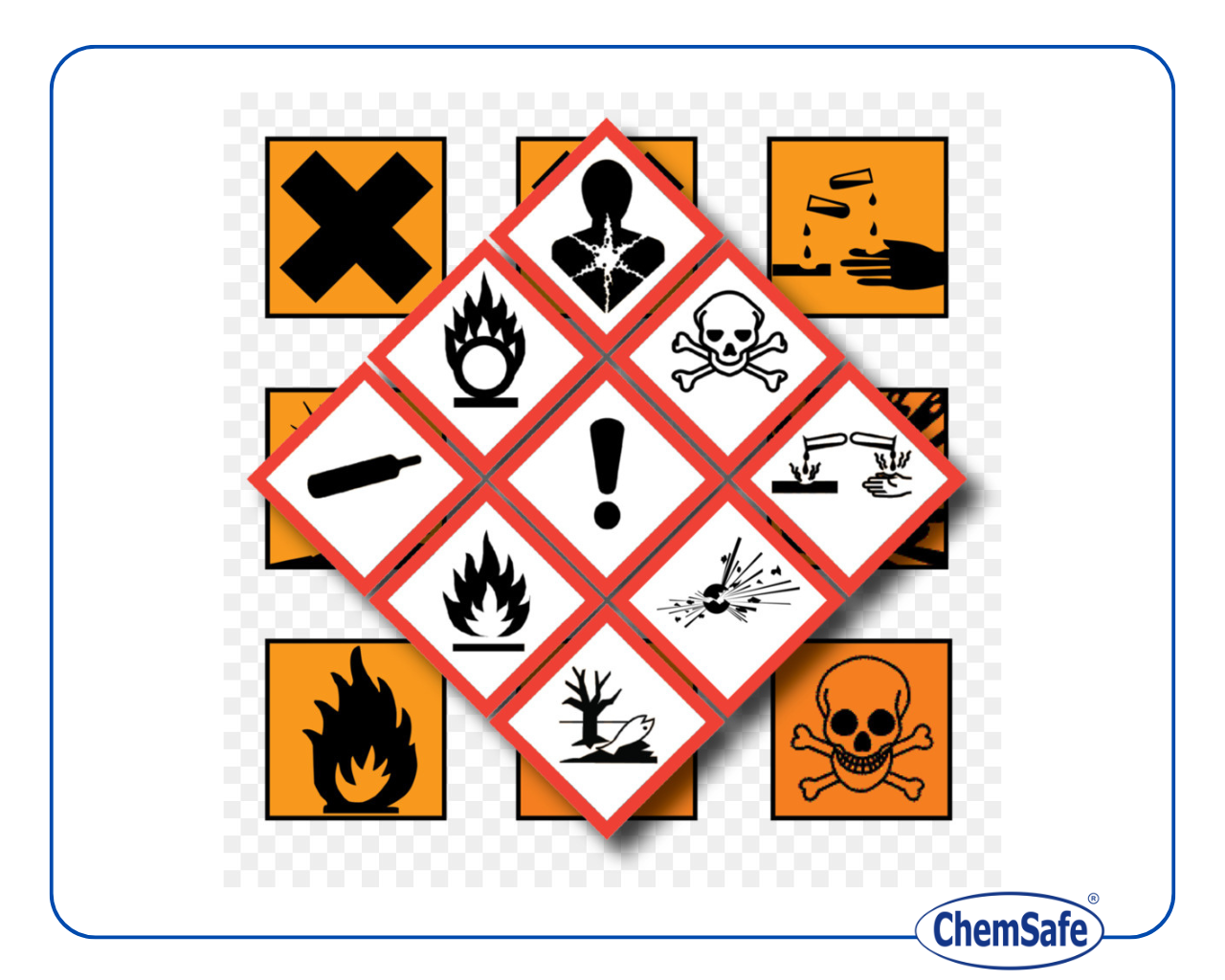An overview on REACH Regulation
REACH (Regulation n. 1907/2006) is a European Regulation, adopted to improve the protection of human health and the environment from the risks that can be posed by chemicals. It entered into force on 1 June 2007.
REACH regulates the Registration, Evaluation, Authorisation (and Restriction) of substances in the EU (with EU we are referring to the European Economic Area “EEA”).
The entire process is subject to the supervision of ECHA (European Chemical Agency) and the Competent Authorities of the Member States.
An overview on CLP Regulation
CLP (Regulation n. 1272/2008) is a European Regulation, based on the United Nations’ Globally Harmonised System (GHS). CLP purpose is to ensure a high level of protection of health and the environment, as well as the free movement of substances, mixtures and articles.
CLP regulates the Classification, Labelling and Packaging of substances and mixture in the EU.
How do REACH and CLP affect your business activity? Your company may fall under one of the following roles:
Are you a manufacturer?
According to REACH and CLP a manufacturer is “any natural or legal person established within the Community who manufactures a substance within the Community”.
This means that if your company is based in the EU and you produce or extract a chemical substance, you are a manufacturer.
REACH obligations:
If you intend to manufacture a substance in quantities of 1 tonne (or more) per year, you need to submit a registration to ECHA. This means that you’ll need to provide information about the properties and hazards of the substance, including how it can be used safely.
If you haven’t registered your substance you can’t produce / place it on the market. One of the basic rule of REACH is “no data, no market”!
Manufacturers also have to provide to Downstream Users any useful information related to the substance to reduce risks, normally through an SDS (Safety Data Sheet), to make sure that your substance is used safely.
As a manufacturer you’ll also need to check if your substance is subject to any limitation under REACH. This may occur if your substance:
- is an SVHC (Substance of Very High Concern) and therefore it has been added in the Candidate List;
- if your substance is subject to a restriction according to Annex XVII of REACH (this may include a total ban, a restriction of marketing for specific uses or a limitation of concentration level of the substance in mixtures and articles);
- if your substance is included in the Authorisation List (Annex XIV) and no exemption applies (in this case you’ll have to choose if stop placing the substance on the market, or apply for authorisation, or investigate the possibility of being covered by an authorisation granted to your immediate downstream users).
CLP obligations:
Substances must be classified, labelled and packaged in accordance with CLP before being placed on the market. Within one month of placing on the market, the classification and labelling elements must be notified for inclusion in the C&L inventory established at the Agency (Article 40 of CLP).
Are you an importer?
According to REACH and CLP an importer is “any natural or legal person established within the Community who is responsible for import”.
Therefore, you are an importer if you buy a chemical directly from a supplier based outside the EU and you bring it into the EU territory. However, if your supplier outside the EU has appointed an “Only Representative” based in the EU territory to register the substance, you are a downstream user under REACH and not an importer.
REACH obligations:
When you import a substance in the EU you have the same responsibilities as a manufacturer. This means that you need to register the substance you’re importing; if you’re importing a mixture then the registration requirements might apply to each individual substance contained in the mixture.
Also, when you import a chemical (a substance or a mixture) you’ll have to verify if other REACH limitations apply (SVHC, restriction, authorisation).
Safety information on the chemical imported (regarding the properties of the chemical, its hazards and instructions for use) have to be provided in the Safety Data Sheet, when it is required according to article 31.
If you import an article you need information on the substances contained in the article:
- if there are substances intended to be released during the use of the article it might be necessary to register them;
- if there are SVHC substances above a certain concentration you need to inform your costumer as well as a notification to ECHA in specific cases;
- If there are substances subject to restrictions, you need to verify if your article is impacted.
CLP obligations:
Before you place a substance or a mixture on the EU market, you must establish if it is hazardous by applying the classification criteria set out in the CLP Regulation. This might trigger specific labelling and packaging requirements.
You need to notify ECHA for each hazardous substance imported in the EU within one month of placing the substance on the market.
You might have to submit information on your imported mixtures to the appointed bodies of Member States. In particular, if you import mixtures classified due to their health or physical effects must provide, before placing on the market, information relating to such mixtures to the bodies of the Member States responsible so that they take appropriate prevention and treatment measures in case of emergency health response (Article 45 and Annex VIII of the CLP Regulation).
Are you a downstream user?
A downstream user is “any natural or legal person established within the Community, other than the manufacturer or the importer, who uses a substance, either on its own or in a mixture, in the course of his industrial or professional activities. A distributor or a consumer is not a downstream user. A re importer exempted pursuant to Article 2(7)(c) shall be regarded as a downstream user”.
Therefore, a downstream user is a company or a worker that uses chemicals (a substance on its own or in a mixture) during their industrial or professional activity within the EU territory.
This definition includes formulators, end users, producers of articles, importers with an “only representative”, re-fillers and re-importers.
REACH obligations:
If you are a downstream user and you receive a safety data sheet (SDS), you need to identify and apply the appropriate measures to adequately control the risks. If it’s an extended SDS, you also need to check whether the exposure scenario covers your own use of the substance and your conditions of use or take alternative action.
You also need to inform suppliers if new information on hazards becomes available or if the recommended risk management measures are not appropriate.
As a downstream user you also need to check if you’re using a substance subject to a restriction or authorisation; if that’s the case you need to make sure that you’re using your substance in line with what is prescribed in the applicable restriction or authorisation.
CLP obligations:
Substances and mixtures must be classified, labelled and packaged in accordance with the CLP Regulation before being placed on the market.
You might have to submit information on your mixtures to the appointed bodies of Member States. In particular, if you are a downstream users of mixtures classified due to health hazards or physical hazards must provide, before placing on the market, information relating to such mixtures have to be provided to the competent Member State bodies so that they take appropriate prevention and treatment measures in the event of an emergency health response (Article 45 and Annex VIII of the CLP Regulation).
Are you a re-importer of a substance already registered?
A re-importer is a Company that imports into the EU a substance, on its own or in mixtures, that has already been registered in EU and that was exported by the same actor of that specific supply chain, or by another actor who shows that:
(i) the substance being re-imported is the same as the exported substance;
(ii) an SDS has been provided together with the substance, with the information in accordance with Articles 31 or 32.
REACH obligations:
The re-importer is exempted from Registration, pursuant to Article 2(7)(c) and can be regarded as a downstream user.
The re-importer needs to have available an SDS, or other information required by Article 32 or 31 relating to the substance.
You need to identify and apply the appropriate measures to adequately control the risks. If it’s an extended SDS, you also need to check whether the exposure scenario covers your own use of the substance and your conditions of use or take alternative action.
You also need to check if you’re using a substance subject to a restriction or authorisation; if that’s the case you need to make sure that you’re using your substance in line with what is prescribed in the applicable restriction or authorisation.
CLP obligations:
Substances and mixtures must be classified, labelled and packaged in accordance with the CLP Regulation before being placed on the market.
Are you a Distributor?
A Distributor means any natural or legal person established within the Community, including a retailer, who only stores and places on the market a substance, on its own or in a mixture, for third parties.
The distributor is not regarded as a downstream user.
You are a distributor under REACH and CLP if you source a chemical substance or a mixture within the EU, store it and then place it on the market for someone else (also under your own brand without changing its chemical composition in any way.
You are not a distributor if you buy chemicals from outside EU and place them straight on the market in EU. In this case you are an importer!
REACH obligations:
You need to communicate safety information of the chemicals you distribute down your supply chain. Usually, this information is communicated through a safety data sheet, which may be extended to include exposure scenarios for each identified use.
CLP obligations:
Substances and mixtures placed on the market must be labelled and packaged.
As a distributor, you may also have a role in relation to the obligation imposed on downstream users and importers to provide information used by poison centres for their activities available to appointed bodies (Article 45 and Annex VIII of CLP). For example, when there is a change in product identifier or when you place a product in Member States other than the Member State in which the downstream user or importer supplied it.







